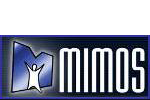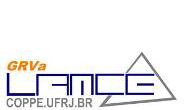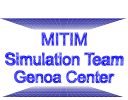EMSS 2014 Proceeding
A simple queue model for an appointment system and applications in a hospital CT scan facility
Authors: Francesco Boenzi
Abstract
Key features of modern healthcare services in developed countries, in a general context characterized by strict cost control and aging population, are flexibility in access to care for different types of patient flows (e.g. inpatients, ED patients and outpatients) and capability of adapting to quantitative service demand change, commonly posed by outpatients. An expensive resource, such as a CT scanner or an MRI machine, is often shared by diverse patient flows and this single server has to assure satisfactory performances (in terms of waiting time) to both the random and the planned service demand component, implementing appropriate buffering and priority rules. For outpatients, requesting access to an appointment service in general, waiting time is represented by waiting time for the appointment day and waiting time experienced at the facility. The governing rules determining these performance results can be treated as separate problems and, in the present paper, the first kind of wait, commonly related to the existence of long waiting lists, is considered. A simple general analytical model, adopting statistical considerations, is proposed and, successively, applications in a CT scan facility in a public hospital, supported by simulation, are illustrated.
 2014
2014








































